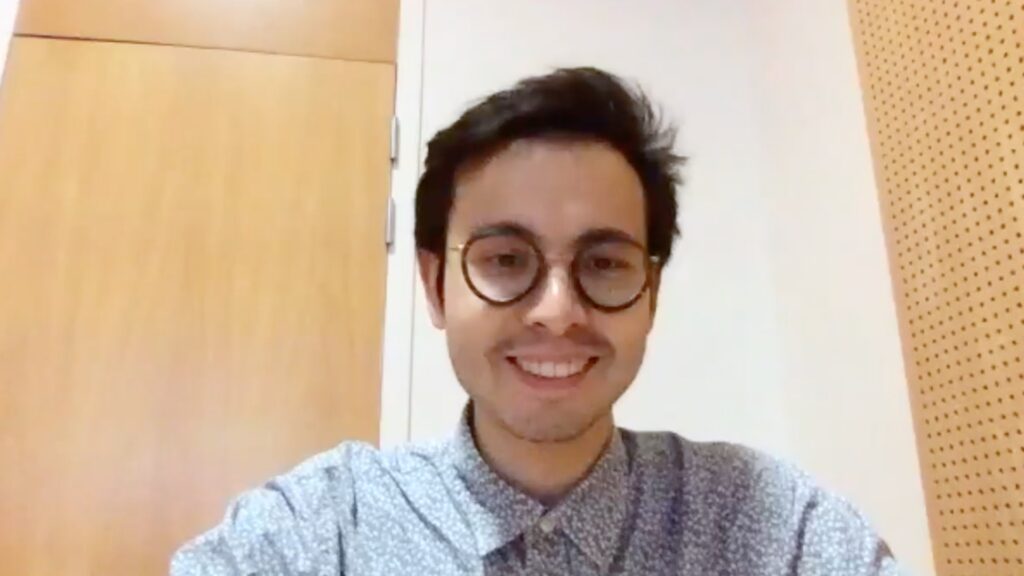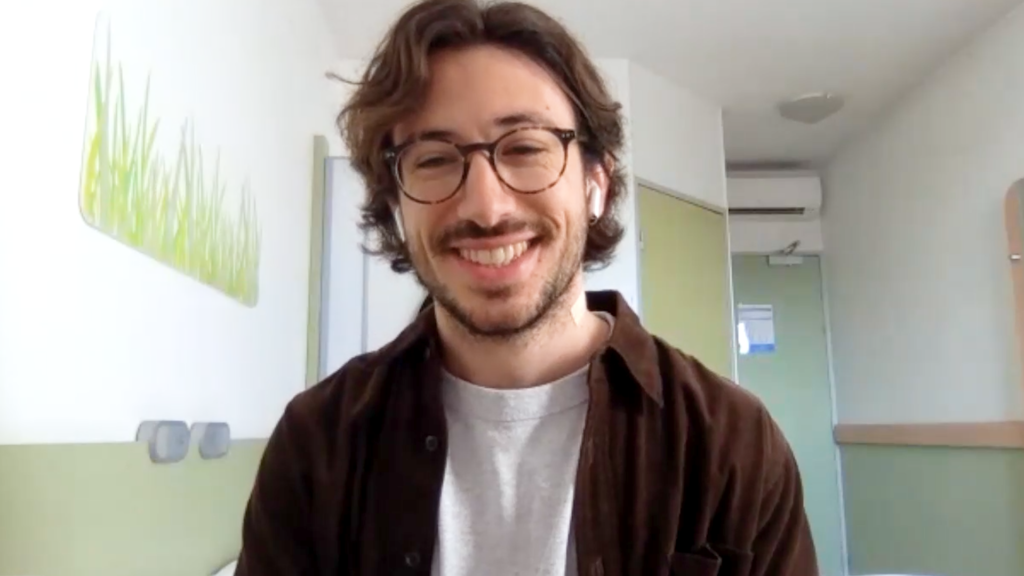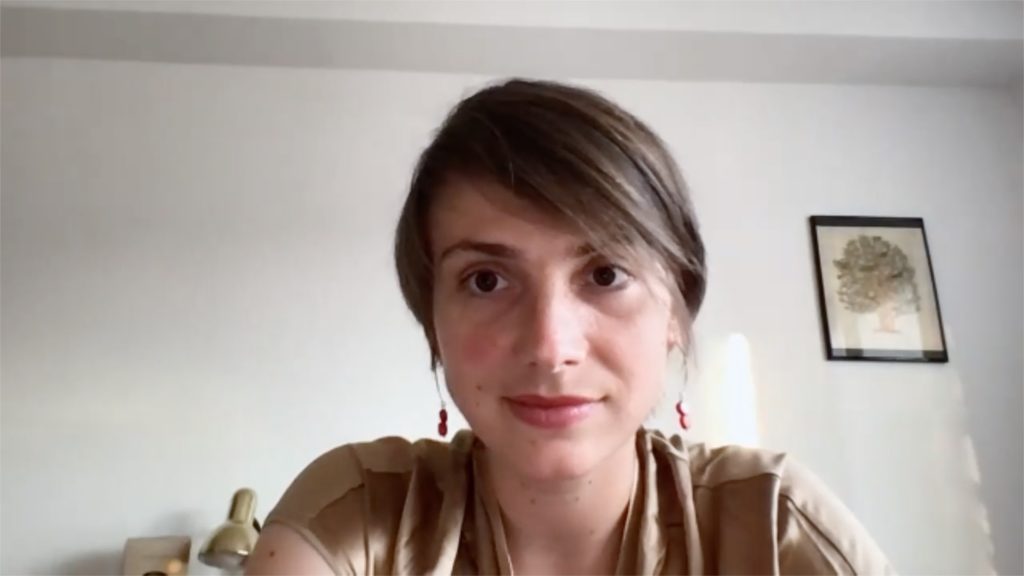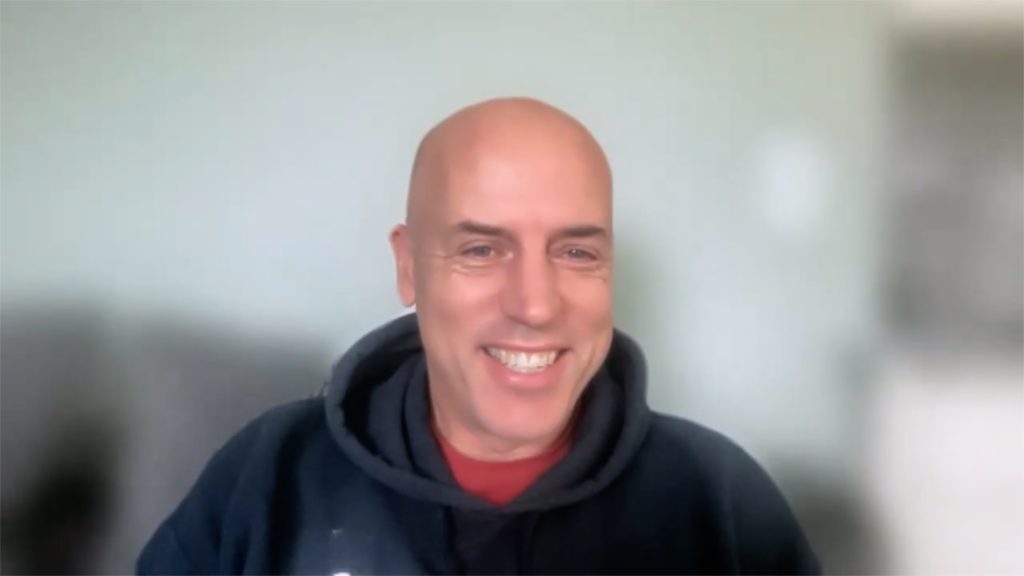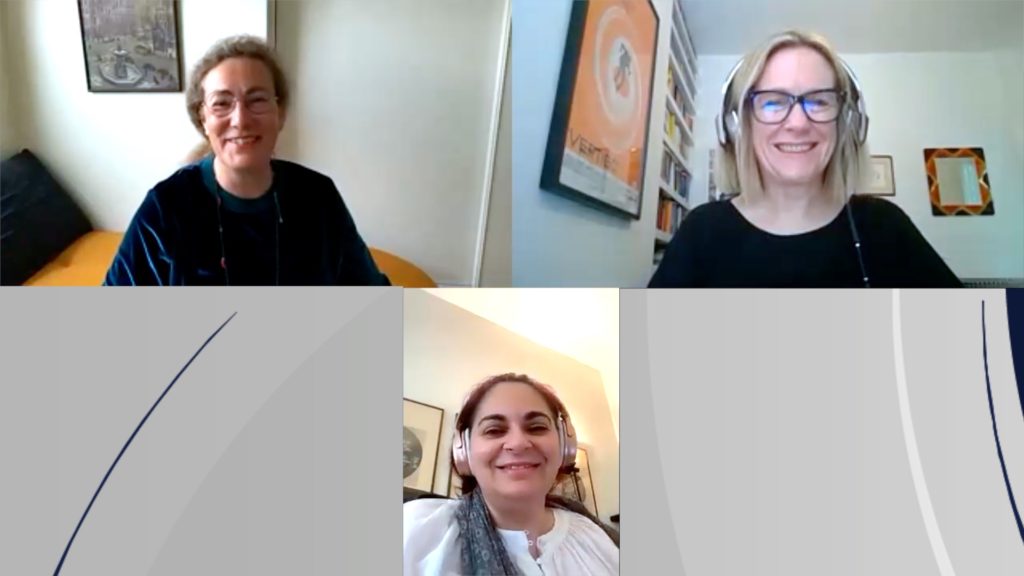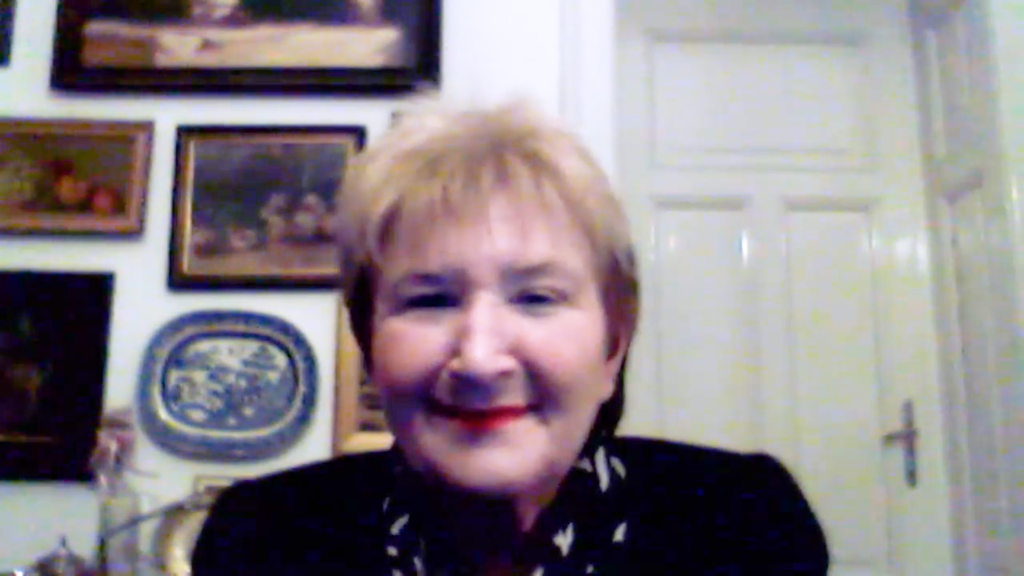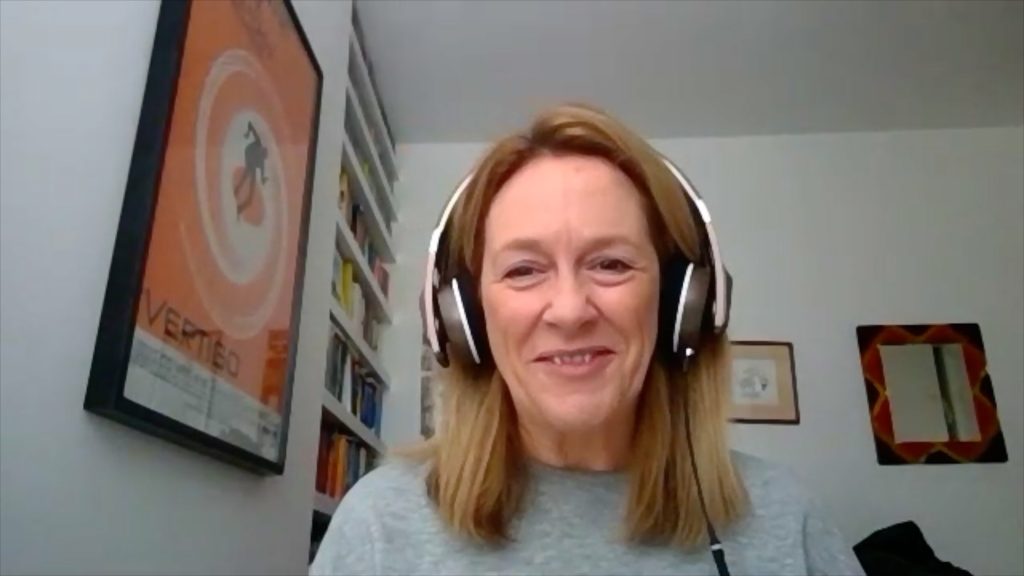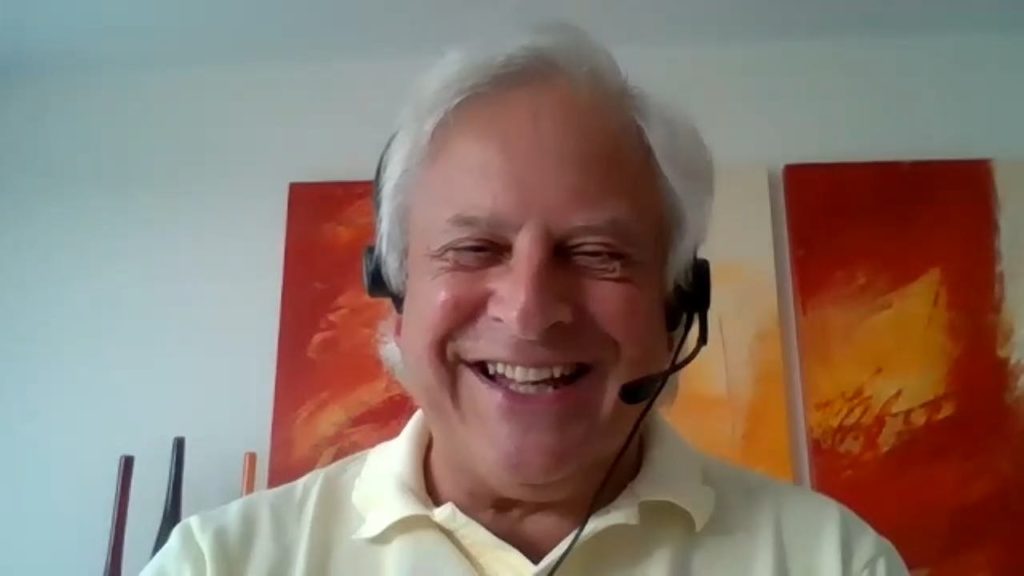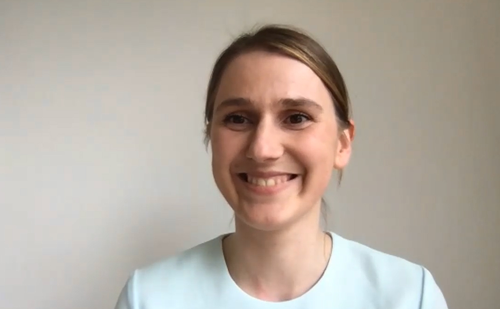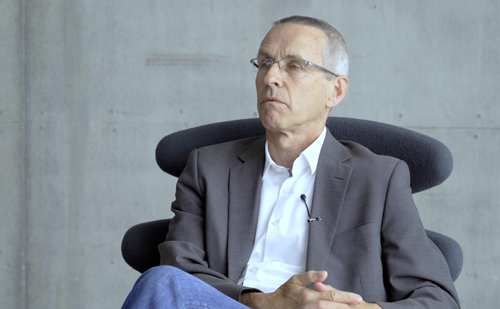Dr Else Charlotte Sandset, ESO Secretary General and Consultant Neurologist at the Stroke Unit, Department of Neurology, Oslo University Hospital, Norway, provides an overview of some of the high-quality research and scientific advances the stroke community can look forward to at the 8th European Stroke Organisation Conference (ESOC 2022) in Lyon, France and online from 4–6 May 2022.
“The European Stroke Organisation (ESO) is the leading forum in Europe for advances in research and the clinical care of patients with cerebrovascular diseases. This year, the conference is being run for the first time as a hybrid meeting, providing the opportunity to present ground-breaking research both virtually and live.
As the absolute number of incident strokes has increased globally by 70% over the last 30 years, with prevalent strokes increasing by 85% and deaths from stroke increasing by 43%,1 it is more important than ever for clinicians and scientists to finally be able to come together after the pandemic. ESOC 2022 will enable the stroke community to share and discuss major developments and how these can improve patient diagnosis and outcomes, ultimately helping to reduce the escalating burden of stroke.
As the current chair of the ‘Pre-hospital and Acute Stroke’ Research subgroup at Oslo University Hospital, and co-principal investigator of the on-going Paramedic Norwegian Acute Stroke Pre-hospital (ParaNASPP) trial, I am particularly interested in progress in early diagnosis in the pre-hospital setting, stroke management, helping to understand and minimize the risk of an ischaemic event, and learning more about the interplay between vascular cognitive impairment, stroke and dementia.
Optimizing pre-hospital provision
The ParaNASPP project explores the diagnostics and triage of acute stroke by paramedics using the National Institutes of Health Stroke Scale (NIHSS) as well as the use of a mobile app to improve diagnosis in the pre-hospital setting. We know that early pre-hospital identification of stroke, and triage to the appropriate care setting and the right level of care, results in more patients receiving acute treatment in the optimal timeframe to improve outcomes. This important study identifies how best to communicate between paramedics and the stroke centre to help reduce pre-hospital delay and assess which patients should be transferred to which type of hospital.
In Norway, for example, we still have less than half of patients arriving at hospital within 4 hours from the initial call for help. Of course, awareness of stroke among the public is vital to ensure earlier diagnosis, but it is also down to every single link in the treatment chain, and this starts with the dispatch centre. It is not possible to isolate one part of the treatment chain because they’re all linked together, and if there is one weak part of the chain, treatment will not be optimized. So, it has to start at the very beginning.
To ensure patients get to the appropriate care setting in minimal time, we need to improve how we identify strokes and how we dispatch the right type of ambulance. Once the paramedics come on site, it is then a question of agreeing what transport times are acceptable in order to get to a more comprehensive stroke centre rather than the local hospital.
We still have a lot of unmet needs at this stage, and it will be interesting to hear about several trials in this area, including the ParaNASPP project, to help us better understand these fundamental aspects before the patient even arrives at the hospital.
It will also be interesting to see how we can use artificial intelligence (AI) to detect stroke at this crucial first point of contact. Could using AI software, video or FaceTime – for example, when ringing an ambulance – improve detection and, therefore, ensure the patient is taken to the appropriate setting and receives treatment sooner?
Such developments will go a long way to improve early detection and help meet the Stroke Action Plan for Europe’s target of treating at least 90% of all patients with stroke in a dedicated stroke unit as the first level of care.2
Reducing the risk of an ischaemic event
Patients with stroke due to intracerebral and intracranial haemorrhage (ICH) are at risk of recurrent ICH, ischaemic stroke and other vascular events. ICH does not always receive enough attention, so I am particularly excited about new developments, major clinical trials and meta-analyses in this area.
The prognosis of patients with atrial fibrillation (AF) and ischaemic stroke despite receiving oral anticoagulation is also poorly understood. Results from a major study with data from 74,491 patients randomized to a direct oral anticoagulant or warfarin (45,219 and 29,272, respectively) will be insightful to help estimate the incidence of recurrent ischaemic stroke following an index stroke while on oral anticoagulation.
Presentations at the conference will also include findings from several trials assessing how best to reduce the risk of and how to manage ischaemic events, including the multicentre ENCHANTED trial. Questions persist about potential interactions relating to the effects of intensive blood-pressure lowering on cerebral ischaemia and ICH, and this clinical trial aims to determine whether intensive blood-pressure lowering increases the size of cerebral ischaemia and whether this modifies the effects of blood-pressure lowering on functional recovery.
Assessing the effect of pre-hospital transfer strategies in patients with spontaneous ICH in the secondary analysis of the RACECAT trial will also provide important guidance on the optimal transfer protocol – drip-and-ship versus mothership – to minimize transfer complications and ensure the best outcome for patients.
Understanding the interplay between vascular cognitive impairment, stroke and dementia
Patients with cerebrovascular diseases tend to have multidimensional functional impairments to the brain and, therefore, an increased risk of cognitive impairment and dementia. Unfortunately, the prevalence of neurological disorders is increasing rapidly due to the ageing population, so we need to urgently understand how to overcome these risks and how to reverse, for example, early vascular cognitive impairment.
Findings from the epigenetic age and stroke health and retirement study being presented at the conference will provide important learnings in this area, vital for preventing stroke and dementia. The study explores the use of epigenetic clocks, calculating age on the basis of DNA methylation and clinical variables, assessing epigenetic age as a risk factor for stroke, and whether stroke survivors are epigenetically older compared with those who are stroke free. With over 40,000 participants, this is an important study to clarify how closely epigenetic age and the risk of stroke are linked.
Benefits of a hybrid meeting for collaboration and scientific exchange
In addition to the breadth of inspiring scientific data and developments being showcased at the conference, I am particularly looking forward to meeting with colleagues, many for the first time since 2020.
The impact of the pandemic has been considerable, especially on the next generation of research and clinical scientists – starving them of the opportunity to network and collaborate. I am delighted they will have the opportunity this year to interact with colleagues from different regions, exchange ideas and discuss the impact of ground-breaking science on clinical practice.
This conference will also provide a great opportunity to experience what works well as a hybrid meeting, what needs to be on site and what works best virtually. This will ensure ESOC can continue to provide the most effective forum for education and scientific exchange, to help improve diagnosis and management from the first point of contact through the stroke management pathway to rehabilitation and, hopefully, full recovery.”
References:
- GBD 2019 Stroke Collaborators. Global, regional, and national burden of stroke and its risk factors, 1990-2019: a systematic analysis for the Global Burden of Disease Study 2019. Lancet Neurol. 2021;20:795–820.
- European Stroke Organisation. Stroke Action Plan Europe 2019–2030. Available at: https://actionplan.eso-stroke.org/ (accessed March 2022).



